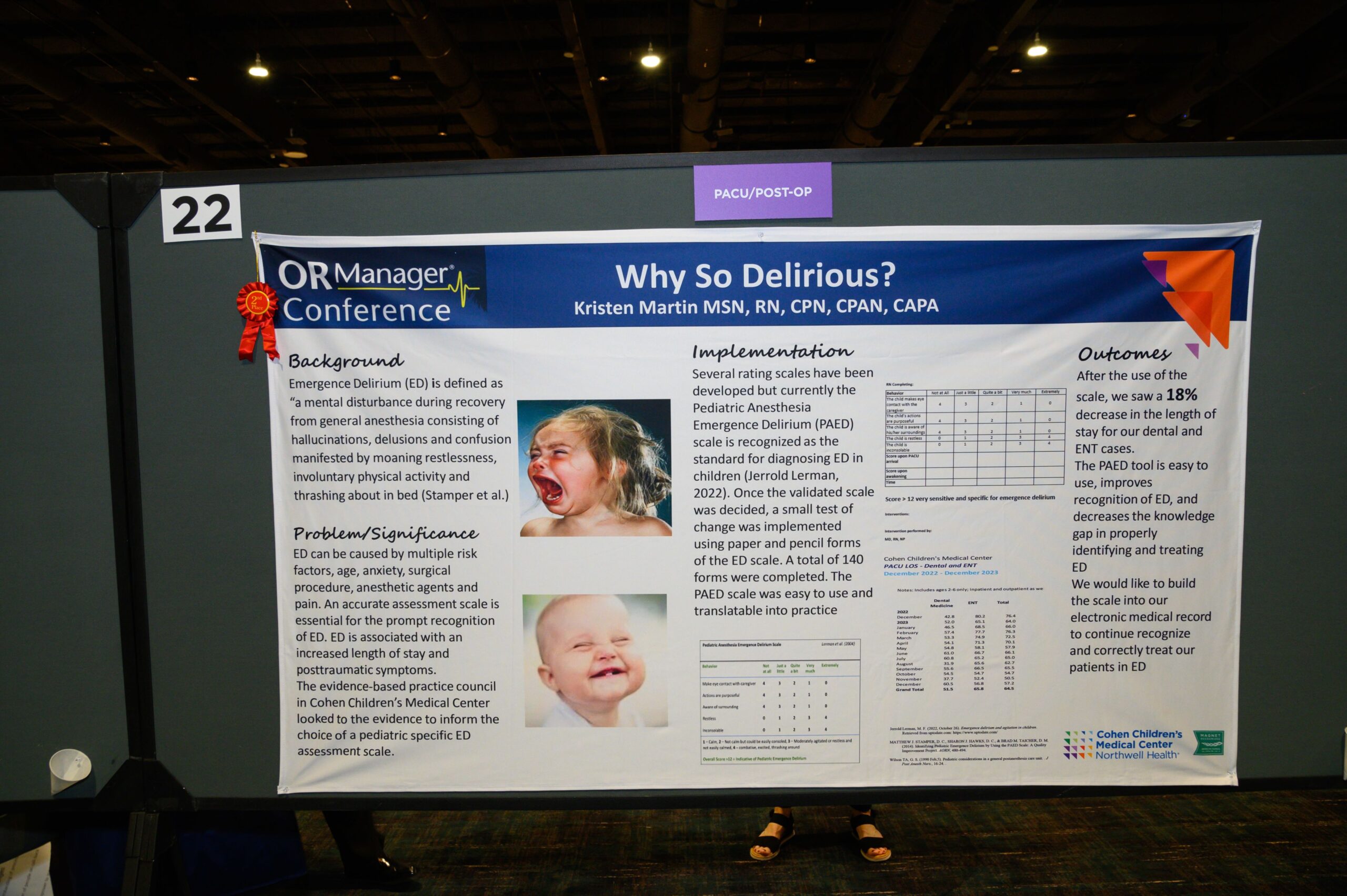Personalized perioperative pain management reduces opioid use

Editor's Note Helping patients taper opioids preoperatively before deploying multimodal care strategies can help prevent instances of patients already with prescriptions going home with even higher doses. That’s the main takeaway from an April 22 MedCentral interview with Marie N. Hanna, MD, division chief for regional anesthesia and acute pain…
Dissolvable pacemaker delivers temporary cardiac support without wires, surgery

Editor's Note Researchers have developed a fully dissolvable, needle-injectable pacemaker that regulates heart rhythms without requiring surgical removal. As detailed in an April 2 article in Scientific American, the miniature device—just millimeters in size—can deliver electrical stimulation for days to weeks before safely breaking down in the body, potentially reducing…
Pulse oximetry monitoring at home found to save lives of high-risk opioid surgery patients

Editor's Note Intermountain Health researchers have uncovered a practical solution for reducing the risk of opioid-induced respiratory depression (OIRD) in same-day surgery patients, showing that a basic monitoring device—specifically, a pulse oximeter—can save lives, News Channel Nebraska March 27 reports. The study, published in the Respiratory Care Journal, focused on…
Novel noninvasive surgical approach shows promise in treating severe OCD

Editor's Note A new noninvasive procedure called magnetic resonance-guided focused ultrasound (MRgFUS) capsulotomy is showing promising results for patients with severe obsessive-compulsive disorder (OCD), Asian Scientist March 26 reports. In a study conducted by researchers in South Korea and published in Molecular Psychiatry, 10 individuals who received MRgFUS capsulotomy at…
Study: Preop mental health assessment improves postop outcomes for older patients

Editor's Note Preoperative mental health assessment significantly increases the odds of a postoperative “textbook outcome” for older patients, according to research published on March 15 in the journal Surgery. The median age for the patient population analyzed at the time of surgery was 74 years. Focusing on more than 32,500…
Wildfires linked to longer postop hospital stay following lung cancer surgery, study finds

Editor's Note A new study led by Leticia Nogueira, PhD, MPH, scientific director of Health Services Research at the American Cancer Society indicates, found that exposure to wildfires may influence how long patients remain in the hospital after undergoing surgery for non–small cell lung cancer (NSCLC), Cancer Network March 26…
Smart t-shirt enables earlier discharge, safer recovery after urological cancer surgery

Editor's Note A wearable smart t-shirt that remotely monitors vital signs helped patients go home earlier and feel safer after robot-assisted urological cancer surgery, according to a March 21 article in Medical Xpress. The article details a pilot study, presented at the European Association of Urology Congress in Madrid, Spain,…
OR Manager Conference second place poster winner highlights assessment tool to mitigate postanesthesia delirium risks

The poster presentations at the 2024 OR Manager Conference showcased exceptional perioperative initiatives, highlighting advancements and innovative practices. From streamlining documentation and optimizing billing processes to ensuring patient and staff safety in postanesthesia settings, the posters selected last year showed the ingenuity and dedication of healthcare professionals committed to excellence…
Study: Weekend effect raises risk of surgical patient mortality, complications

Editor's Note A March 4 study in JAMA Network Open underscores the persistence of the “weekend effect,” a surgical care phenomenon in which the risk of postoperative complications, readmissions and mortality rises immediately before the weekend. The research suggests variations in staffing, resource availability, and care coordination may contribute to…
Study: Prolonged general anesthesia linked to long-term cognitive decline

Editor's Note Prolonged exposure to general anesthesia during surgery contributes to long-term cognitive decline, affecting executive functioning, selective attention, mental speed, and information processing, according to a February 18 study published in the European Journal of Anaesthesiology. This prospective longitudinal cohort study followed 1,823 adults aged 25–84 in the Netherlands…

 Free Daily News
Free Daily News